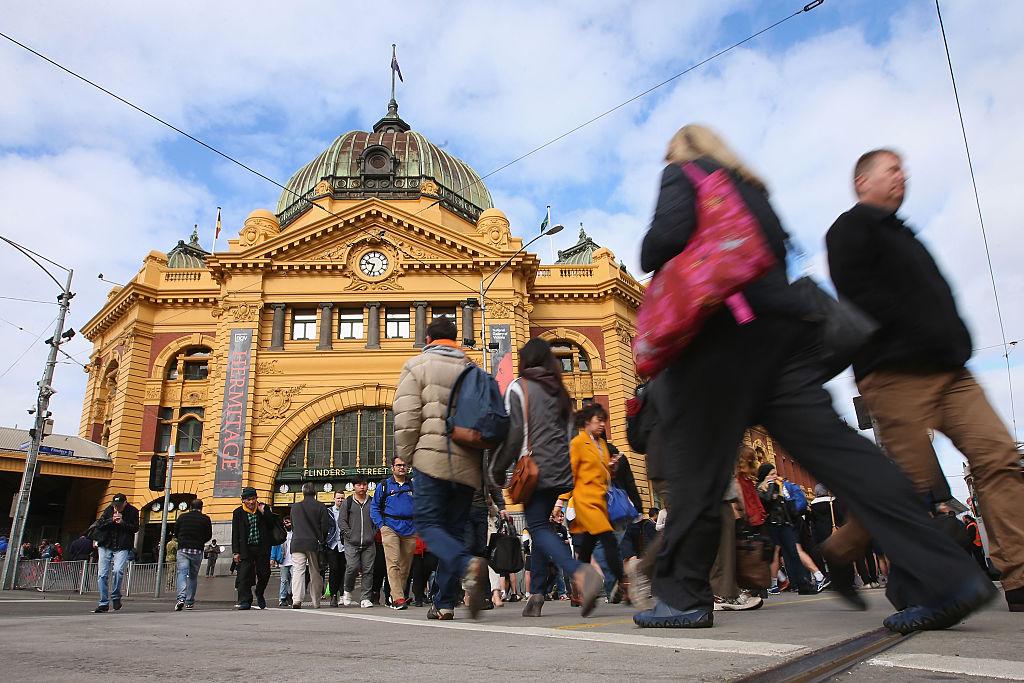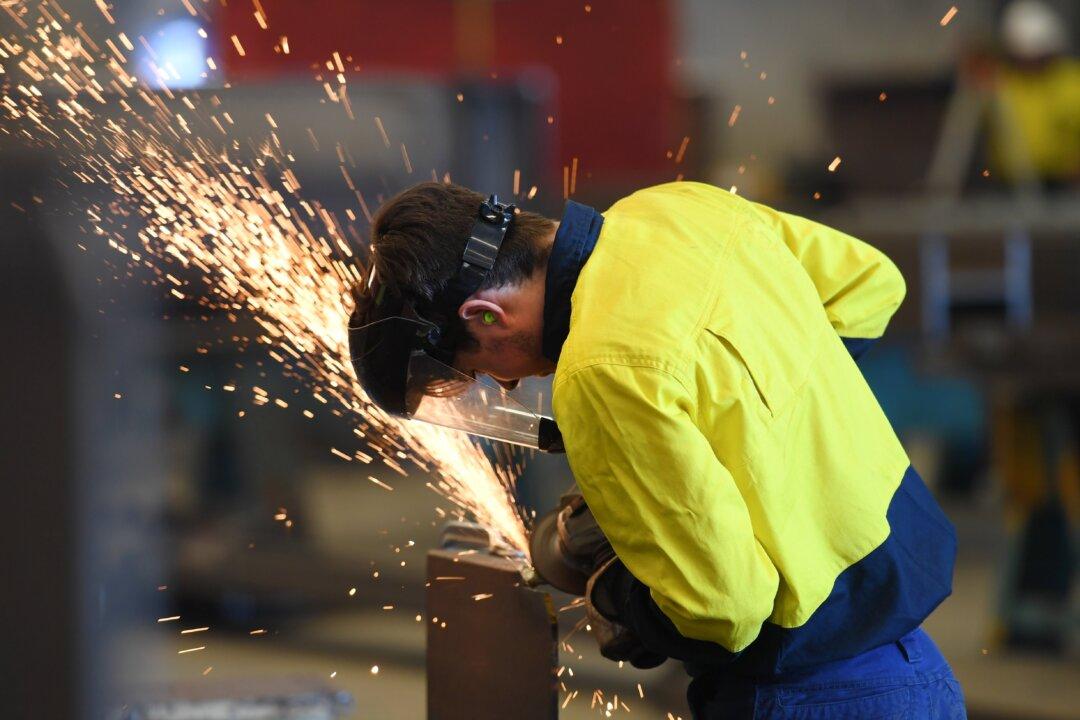A new report commissioned by the City of Melbourne shows Melbourne’s CBD economy will take four years to return to pre-pandemic levels.
But the analysis (pdf) by Deloitte Access Economics completed in May 2021, did not account for Melbourne’s fourth lockdown in June 2021 or subsequent lockdowns across the country.





